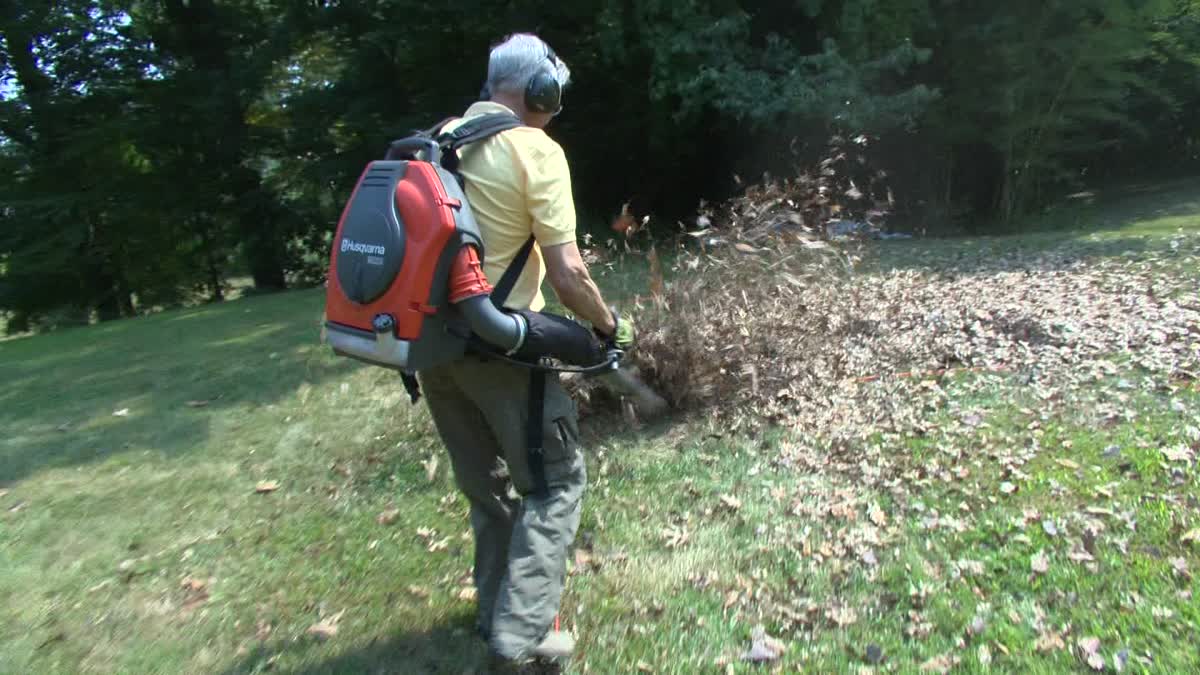It’s a solar event that hasn’t been seen in the U.S. since 1979, but in August, it will be visible in viewing areas across the country--and NASA will host a viewing party at Southern Illinois University.
Called the “Great American Eclipse,” a total solar eclipse will be visible in parts of the U.S. in Aug. 21, 2017. SIU will hold a "guided eclipse experience" at Saluki Stadium the day of the event. The eclipse experience is a joint effort from NASA Eclipse 2017, the Adler Planetarium of Chicago, the Louisiana Space Consortium, the Science Center of Southern Illinois and other groups.
"This region in southern Illinois is not only in the path of the 2017 eclipse, but also the 2024 eclipse, making it a unique location for being able to perform observations of both eclipses from the same location," according to SIU's website.
While all of North America and part of South America will experience, at least, a partial solar eclipse on that date, a line from the northwest coast to the southeast coast will be able to see rare solar totality, according to NASA.
A total solar eclipse is typically only visible from a small area on Earth. It marks the moment with the moon orbits Earth and moves between the sun and Earth, blocking the sun’s light.
182 Photos to Remind You Why You Love Chicago in Honor of the City's 182nd Birthday
On Aug. 21, 2017, the sun, moon and Earth will be in a direct line, making it appear in some areas as though it is night.
Local
In the Midwest, the best places to see the event will be in far southern Illinois and parts of northern Missouri and western Kentucky, though much of that view will depend on the forecast during the event.
In fact, it’s in southern Illinois that viewers across the country will be able to see the greatest duration, when the length of the total phase lasts the longest, NASA reports. The specific location for the moment the eclipse will hit its time peak will be near Carbondale, which will likely see 2 minutes and 35 seconds of totality, according to the Great American Eclipse site.
For those unable to see the total eclipse, they can still catch a partial eclipse, which means the sun, moon and Earth are not exactly lined up, but the sun appears to have a dark shadow on part of its surface.
But some travelling stargazers are taking note that many hotels are just catching wind of what a big deal the eclipse is--and that it could mean more cash by cancelling reservations and upping the price.
In such a case, your best bet is to contact the hotel or owner directly to address the issue.



